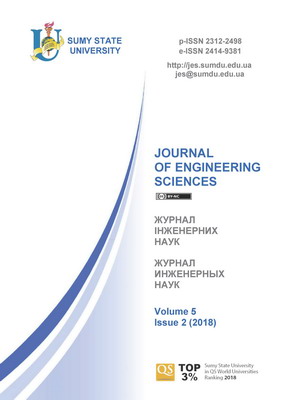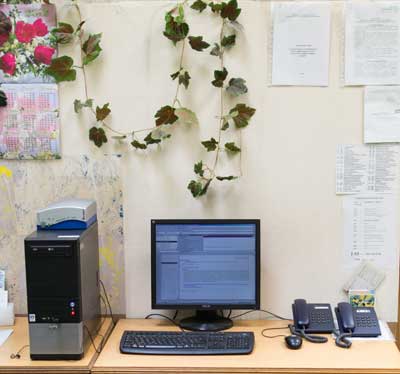
Бази даних
Наукова періодика України - результати пошуку
 |
Для швидкої роботи та реалізації всіх функціональних можливостей пошукової системи використовуйте браузер "Mozilla Firefox" |
|
|
Повнотекстовий пошук
| Знайдено в інших БД: | Реферативна база даних (1) |
Список видань за алфавітом назв: Авторський покажчик Покажчик назв публікацій  |
Пошуковий запит: (<.>A=Lupyr O$<.>) | |||
|
Загальна кількість знайдених документів : 1 |
|||
| 1. | 
Lupyr O. Influence of heat treatment technologies on the structure and properties of the corrosion-resistant martensitic steel type AISI 420 [Електронний ресурс] / O. Lupyr, T. Hovorun, S. Vorobiov, А. Burlaka, R. Khvostenko // Journal of engineering sciences. - 2020. - Vol. 7, Iss. 2. - С. C10-C16. - Режим доступу: http://nbuv.gov.ua/UJRN/jes_2020_7_2_6 One of the methods for increasing the complexity of chromium steel properties of martensitic class AISI 420 is the use of an optimal heat treatment mode. The steel of martensitic class AISI 420 has high resistance in atmospheric conditions (except for the sea atmosphere), in the river, and tap water. It is widely used in power engineering, in cracking units with a long service life at temperatures up to 500 <$E symbol Р>C, for furnace parts. Additionally, it is used in the following fields: the production of turbine blades, working in conditions of high temperatures and parts of increased plasticity, subject to shock loads, for products exposed to atmospheric precipitation, solutions of organic salts and other slightly aggressive environments; production of fasteners; production of parts for compressor machines operating with inert gas; production of parts operating at low temperatures in corrosive environments; production of parts for aviation purposes. It is shown that the optimal mode of heat treatment for a maximum hardness of 40 HRC is quenching at a temperature of 980 <$E symbol Р>C with cooling in oil and tempering at a temperature of 200 <$E symbol Р>C with air cooling. With an increase in the tempering temperature from 200 to 450 - 500 <$E symbol Р>C, the impact strength does not change much. Tempering at higher temperatures leads to the intense weakening of the steel. Simultaneously, a decrease in the impact strength is observed, the minimum value is reached at a tempering temperature of 550 <$E symbol Р>C. With an increase in the tempering temperature to 700 <$E symbol Р>C, the impact toughness increases, but the steel's hardness sharply decreases at such temperatures. | ||
 |
| Відділ наукової організації електронних інформаційних ресурсів |
 Пам`ятка користувача Пам`ятка користувача |